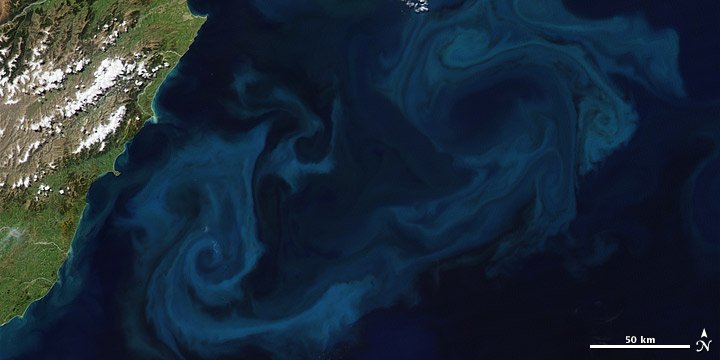Scientists are revisiting an old concept that could help combat climate change: seeding more phytoplankton into the Earth’s oceans. These organisms are already responsible for producing 50 percent of the oxygen in our atmosphere from carbon dioxide and sunlight.

Scientists propose a simple solution, since iron is a well-known way to get phytoplankton to bloom, we could slightly increase the presence of the metal by adding bits of iron to iron-deficient parts of the oceans.
Increasing the amount of phytoplankton in our oceans could effectively reduce carbon dioxide levels, which is a straightforward and cost-effective solution with significant potential impact. The concept dates back several decades, when scientists were only beginning to understand the concept of climate change.

Experts say that the iron technique is inexpensive because iron ore can be easily dropped into the water from ships, creating visible blooms that can be seen from space. The change would be noticeable right away, with phytoplankton flourishing within 24 hours.

The logistics and expenses of implementing this plan are unclear, and it is uncertain how much it would actually help reduce the greenhouse effect. However, considering the increasing threat of climate change, it is advisable to explore this idea further.
Reference- The Daily Beast story, National Geographic, BioScience, NASA






